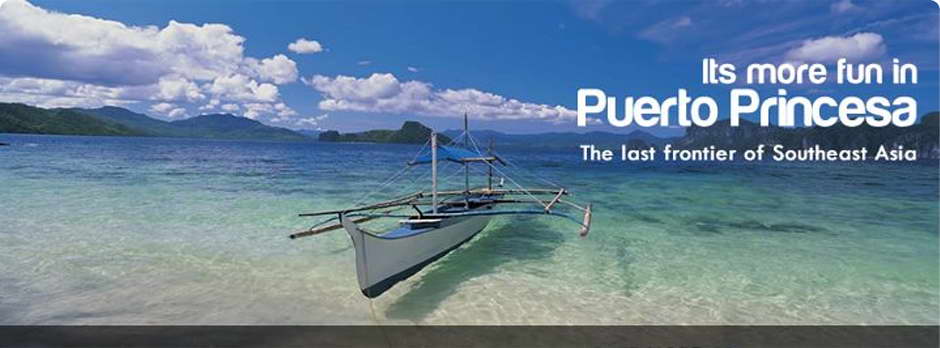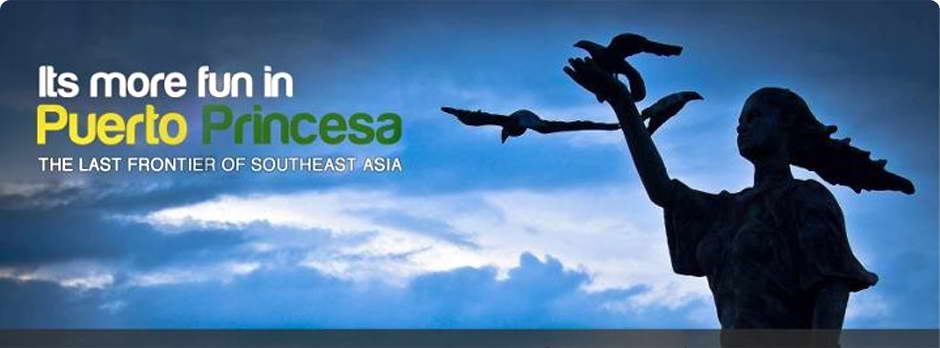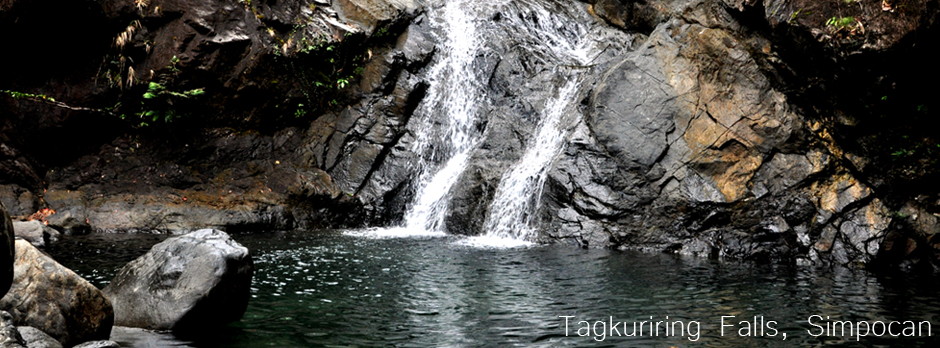CLICK HERE! For Electronic Services and Online Payment

Puerto Princesa City, which forms part of the Philippine’s last frontier, is a City rich in natural resources. It is the country’s largest City with a total land area of 253,982 hectares. A chain of mountain ranges runs through the entire length of the City, dividing it into two distinct areas – the East and the West Coast. The eastern side, which is facing the Sulu Sea is characterized by thin strand lines bordered by swamplands, following a series of flat plains to hilly terrain. The West Coast has fewer plains with mountain ranges close to the China Sea, thus giving the City a unique yet fragile ecology.
A significant portion of the City retains its indigenous vegetation, rainforest, mangroves, and coastal ecosystem, all of which support an array of wildlife. In terms of species biodiversity and its wide range of ecosystems, Puerto Princesa is of national significance. The famous Puerto Princesa Subterranean River National Park (formerly known as Saint Paul’s Subterranean River National Park) covering a protected area of 22,202 hectares is haven to endemic flora and fauna. UNESCO has inscribed the Park as a World’s Heritage Site on December 4, 1999. This natural wonder features an 8.2 kilometers navigable underground river reputed to be the world’s longest that winds through a spectacular cave before emptying out into the South China Sea.
Given that natural resources can be exploited for economic purposes, it is necessary to properly manage the City’s natural resources so that sustainable development can be achieved. This does not mean that these resources cannot be used. However it does require that the use of renewable resources be managed so that their use can be sustained and adverse environmental and social impacts can be avoided. Collective and timely effort is imperative to conserve the city’s major natural resources for the benefit of the existing and future community. The proper management of these resources will ensure that the community will continue to benefit from these resources.
Conservation of natural areas protects biodiversity for future generations and provides areas for recreation and enjoyment. While it may have some environmental impacts, it does add to quality of life and enhances other economic activities for eco-tourism. Such complementary activities include operating eco-tourist destinations, making investments in tourism-related facilities and enterprises and providing specific services for local and foreign tourists. The City being part of the Province of Palawan is covered by Republic Act 7611 or the Strategic Environmental Plan for Palawan, thus environmental planning shall be guided by the policies and principles so stipulated in the law.
Featured Articles |
USAID/SURGE Project |































